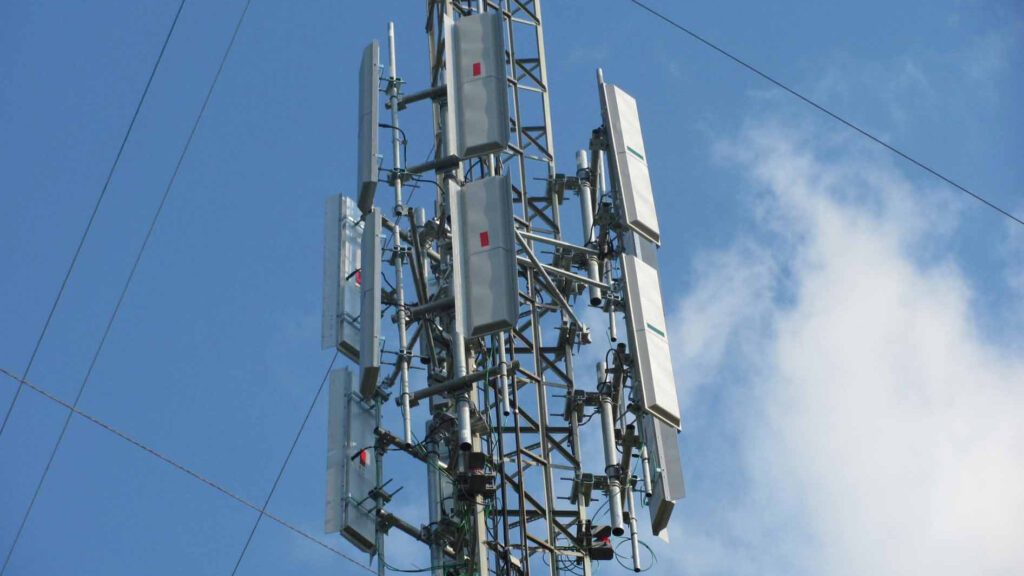
Android 16 is set to introduce a groundbreaking security feature that alerts users when their phones connect to fake or insecure mobile networks, commonly known as “stingrays.” This new capability is designed to protect users from surveillance by notifying them of unencrypted connections or when a network requests their phone’s unique identifiers.
The feature is expected to be available on new devices launching with Android 16, such as the upcoming Pixel 10. It represents a significant step forward in mobile security, addressing sophisticated attacks that are often difficult for the average user to detect.
Understanding the Threat of Stingrays
Stingrays are devices that mimic legitimate cell towers, tricking nearby mobile devices into connecting to them. This allows attackers to collect unique identifiers, such as the International Mobile Equipment Identity (IMEI), and potentially force devices onto older, less secure communication protocols. These tactics enable attackers to intercept unencrypted text messages and phone calls, posing a significant privacy threat.
While law enforcement agencies often use stingrays for surveillance purposes, their potential for abuse is considerable, as they can be used to covertly collect data on ordinary citizens. This has prompted Google to develop features that warn Android users about insecure cellular networks.
Google’s Ongoing Security Enhancements
Over the past few Android updates, Google has introduced several features to combat the tactics employed by stingrays. With Android 12, users gained the ability to disable 2G connectivity at the modem level. Android 14 further enhanced security by supporting the disabling of connections using null ciphers, a form of unencrypted communication.
Android 15 added the capability to notify the operating system when a network requests a device’s unique identifiers or attempts to force a new ciphering algorithm. These features directly counteract the methods used by commercial stingrays, which often downgrade connections to 2G or use null ciphers to intercept traffic.
“The toggle to disable 2G networks in Android 16 on a Pixel 9a is a critical step in protecting users from surveillance,” said Mishaal Rahman from Android Authority.
Limitations and Future Prospects
Despite these advancements, only the feature to disable 2G connectivity is widely available. Implementing the full range of protections requires updates to a phone’s modem driver, which many current devices lack. This limitation is why these security features are not present on existing Pixel phones and other devices.
However, with Android 16, Google plans to reintroduce a “mobile network security” settings page within the Safety Center. This page will include two subsections: “Network notifications” and “2G network protection.” The former will alert users if their device connects to an unencrypted network or if a network requests their phone’s unique identifiers. Unfortunately, these features will only be available on devices supporting version 3.0 of Android’s IRadio hardware abstraction layer (HAL).
Looking Ahead
The “mobile network security” page will only appear on devices that support both the “2G network protection” toggle and the “network notifications” feature. As a result, it is unlikely that current devices will receive updates to support these notifications due to the Google Requirements Freeze (GRF) program, which allows OEMs to lock in hardware-related requirements at launch.
As new devices, such as the Pixel 10 series, launch with Android 16, users can expect to see these security features fully implemented. This development represents a significant advancement in protecting users from sophisticated surveillance tactics and underscores Google’s commitment to enhancing mobile security.
For those with tips or insights, Android Authority encourages you to reach out via email at [email protected]. You can choose to remain anonymous or receive credit for your contributions.







